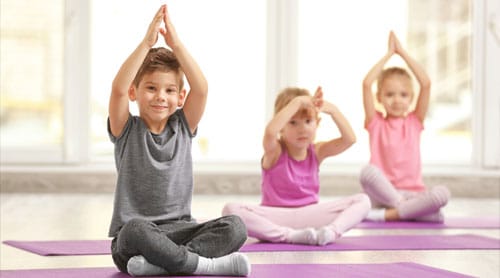Mental Health Blog Posts
Benefits of Gratitude
7 Causes of Chronic Fatigue
Self-Care for Women – 6 Easy Tips
What is Serotonin? How Does It Improve Mood?
Why Can’t I Focus?
Stress and IBS – Are They Related?
Recognizing Childhood Anxiety and Holistic Ways to Help
Signs of Multiple Sclerosis
Children’s Mental Health and Wellness: A Journey to Inner Harmony for Children
Empowering Family Well-being for a Fulfilling Life
Mindfulness – A Journey into Stillness
Stress and Sleep – Is There a Link?
Is Your Thyroid Causing Anxiety
Effects of Stress on Health
Insomnia Quiz
What is High Functioning Anxiety Disorder?
What is PTSD or Post Traumatic Stress Disorder?
How to Stop Feeling Tired?
Natural Remedies for ADHD
Benefits of Mindfulness
Anxiety in Children – When Can You Help?
Understanding Someone Who is Living with Chronic Pain!
Feeling of Happiness
5 Common Sleep Disorders
Optimism Could Be Key to Better Health
6 Symptoms of Anxiety Disorder
Can Emotions Affect Your Health?
The Gut-Brain Connection
Are Sleep Disorders Affecting Your Mood?

Find out why Rose Wellness is perfect for you
Schedule a free call with one of our wellness coordinators.
Self Assessments
Female Hormone Quiz
Dealing with hot flashes, PMS, low libido, mood swings, headaches, anxiety, or unexplained weight gain? Try our Female Hormone Quiz and learn more about your hormones.
Health Check Quiz
Try the quick 5-minute quiz to learn more about your health
Toxicity Questionnaire
The Toxicity and Symptom Screening Questionnaire identifies symptoms that help to identify the underlying causes of illness, and helps you track …
Insomnia Assessment
Take this short Insomnia Assessment to evaluate your sleep issues.
Female Estrogen Dominance Quiz
Dealing with mood swings, low libido, fatigue, weight gain, or Insomnia? Try our Estrogen Dominance Quiz and learn more about your hormones.
Male Hormone Quiz
Dealing with fatigue, low sex drive, mood swings, or unexplained weight gain? Try our Male Hormone Quiz and learn more about your hormones.





































